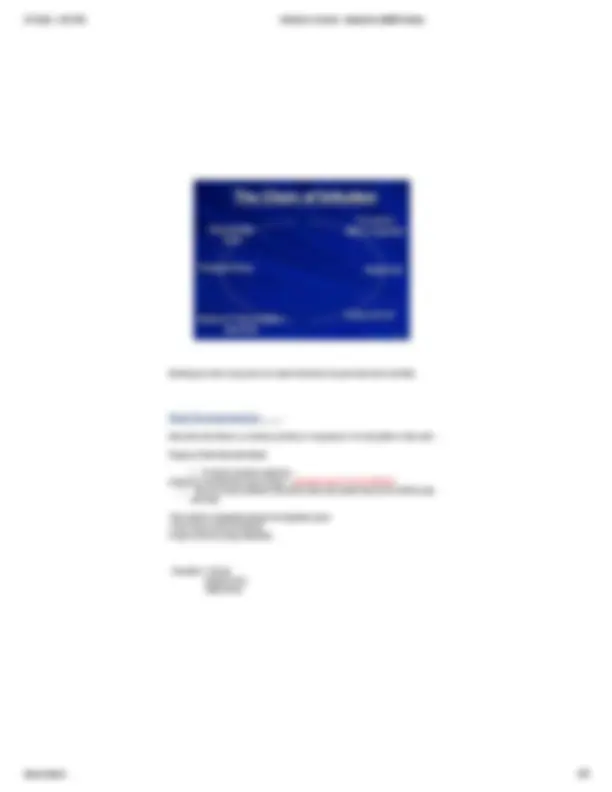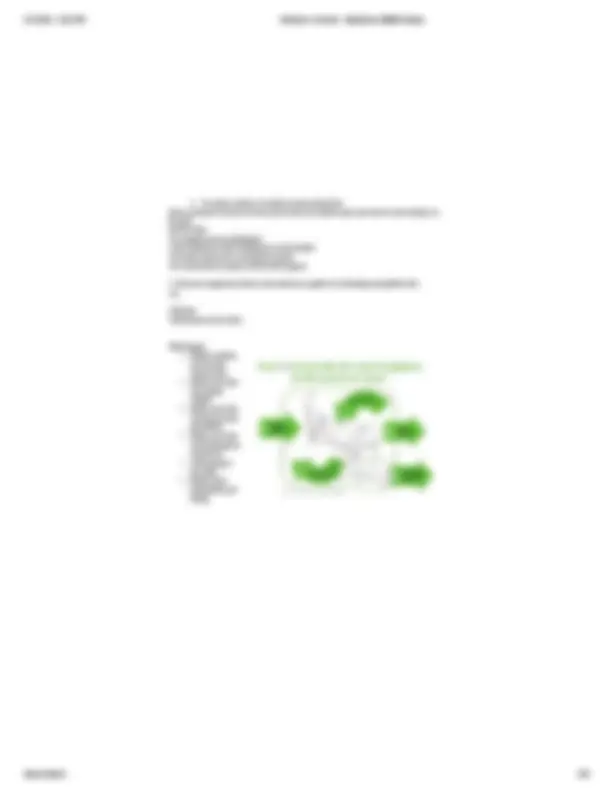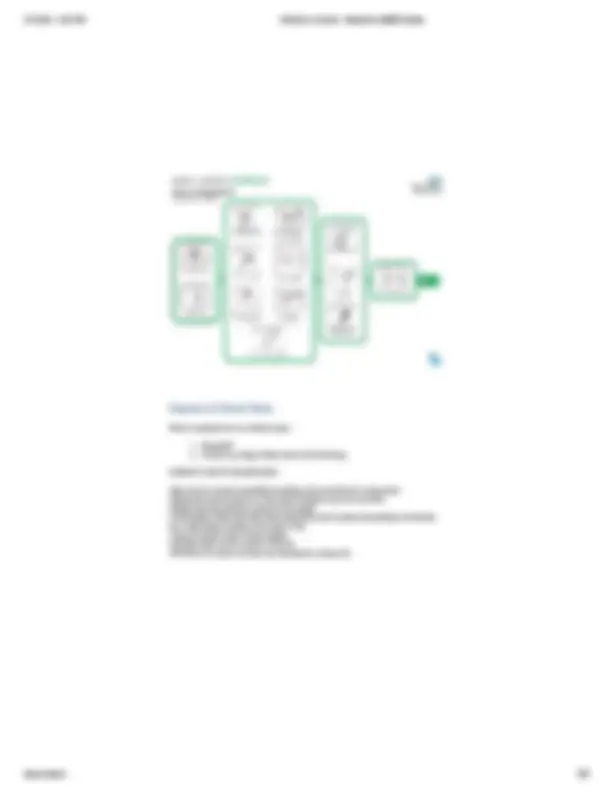





Study with the several resources on Docsity

Earn points by helping other students or get them with a premium plan


Prepare for your exams
Study with the several resources on Docsity

Earn points to download
Earn points by helping other students or get them with a premium plan
Community
Ask the community for help and clear up your study doubts
Discover the best universities in your country according to Docsity users
Free resources
Download our free guides on studying techniques, anxiety management strategies, and thesis advice from Docsity tutors
The document is part of the Infection Control module in a medical course, likely related to the IMMS (Infection, Microbiology, and Medical Sciences) curriculum. It covers the importance of controlling healthcare-associated infections (HCAIs), which affect 300,000 patients annually in England, costing the NHS £1 billion. The content explains the chain of infection, including susceptibility, causative microorganisms, reservoirs, portals of entry/exit, and modes of transmission. It emphasizes hand hygiene techniques, proper disposal of clinical waste, and the use of sharps bins to prevent infections. The document also highlights legal responsibilities under the Health and Social Care Act and the role of healthcare workers in maintaining public confidence and patient safety.
Typology: Study notes
1 / 5

This page cannot be seen from the preview
Don't miss anything!



